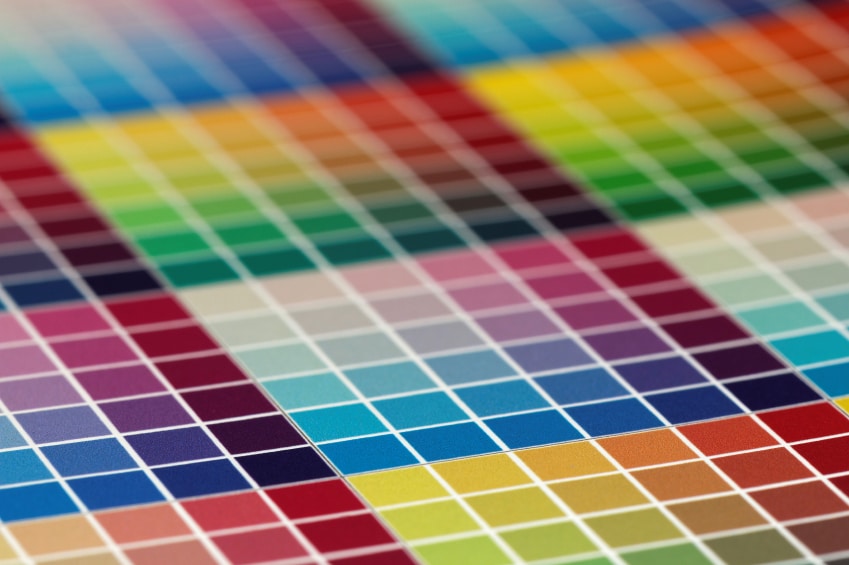
The color of your website may seem like a personal choice, but it is much more than that. Each color in your web design has an implied meaning, and it gives your visitors a feeling when they come to your website. This happens subconsciously, but it can make or break your success online. Here are some tips for choosing your web design colors so you can avoid critical and seemingly harmless mistakes in website development.
Quick Color Reference
Here is a quick chart explaining the basic meanings of colors:
- Red: Passion, danger, lust, romance, urgency, energy, excitement
- Orange: Creativity, pleasure, enthusiasm, optimism, health
- Yellow: Intellect, warmth, caution, joy, friendliness
- Green: Safety, environment, relaxation, healing, life
- Blue: Calmness, sincerity, affection, integrity, stability
- Purple: Wisdom, spirituality, luxury, dignity, royalty
- Pink: Compassion, romance, friendship, faith, love, beauty
- Black: Mystery, power, death, formality
- White: Purity, cleanliness, hope, light, freshness
Keep in mind that colors may also hold meanings based on your location or the nature of your business. Example: Let’s say you operate a business in a college town, and the school colors are orange and black. Using those colors in any other location may suggest Halloween, but using them in that town could show school spirit and pride. Think about what your community will think about the colors, if you run a local business.
How Shades Impact The Meaning Of Colors In Web Design
The shade of the color you select will matter just as much as the color itself. For instance, a light pink background on a website may work well for a plastic surgeon’s site, but a hot pink background would be better suited for a beauty blog. You have to select the shade of color you want to fit the overall nature of your website.
Lighter colors are usually considered more professional than bright colors. Dark shades may be professional as well, but they can be a little off-putting. For the most part, whites and pastels work well on the internet because they create a warm, inviting feeling for a visitor. The only reason you’d want something other than that is if you were trying to spark passion, controversy, etc. Many political websites feature bold, bright colors because they want people to get heated when reading their work. You have to decide if that is what you want for your website design.